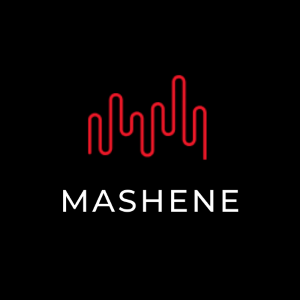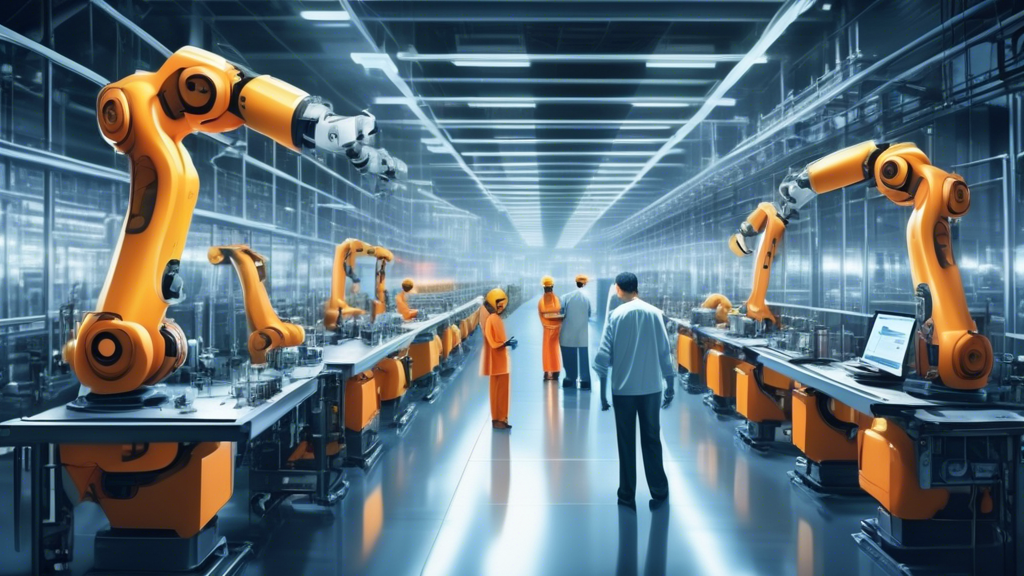Understanding the Role of AI in Production Costs
The advent of artificial intelligence (AI) has been heralded as a transformative force across numerous sectors, from healthcare to finance. It’s frequently proposed that integrating AI can lead to significant cost savings, particularly in production. However, while AI offers numerous advantages, it might not necessarily lead to a reduction in production expenses. This assertion is grounded in several critical factors including initial costs, ongoing maintenance, and the need for complementary human skills.
Initial Implementation Costs
One of the substantial hurdles in adopting AI in production is the high initial implementation cost. Integrating AI systems involves considerable investment in technology, including hardware, software, and infrastructure upgrades. Moreover, companies need to invest in research and development to tailor AI solutions that meet specific operational needs. Training employees to work with these advanced systems or hiring specialized personnel adds another layer of expense.
Maintenance and Updating Requirements
AI systems require continuous maintenance and periodic updates to remain functional and effective. These systems are not static; they evolve and adapt, necessitating regular updates to address new challenges, improve performance, and incorporate up-to-date data. The cost of these continuous modifications can be significant and is often overlooked when calculating the potential savings from AI integration.
Dependency on Complementary Human Resources
Despite the automation capability of AI, human oversight and intervention remain crucial. Skilled professionals are required to monitor AI performance, analyze outcomes, and make strategic decisions based on AI-generated data. The need for a highly skilled workforce negates some of the anticipated cost savings, as these professionals command high salaries. Thus, while AI can automate certain repetitive tasks, it does not entirely dispense with the need for human expertise.
Risk Management and Contingencies
AI systems are vulnerable to technical glitches, cybersecurity threats, and other unforeseen issues. Implementing comprehensive risk management strategies to mitigate these threats can be costly. Additionally, companies need to establish contingencies that ensure continuity of operations during AI system downtimes or failures, adding another layer of expense.
Regulatory and Ethical Considerations
As AI technology becomes more pervasive, regulatory and ethical considerations become increasingly prominent. Companies must ensure that their AI systems comply with legal standards and ethical guidelines, which may require additional investment in compliance measures and third-party audits. These regulatory pressures can lead to increased operational costs rather than cost reduction.
The Complexity of Measuring ROI
The return on investment (ROI) for AI in production is not always straightforward to measure. While AI might enhance efficiency and output quality, quantifying these improvements in terms of cost savings can be complex. Many organizations find it challenging to isolate the direct financial impact of AI from other variables contributing to production costs. Hence, the perceived cost savings might not materialize as anticipated.
And Then There’s This
While AI undoubtedly brings a host of benefits to production processes, claiming that it will reduce expenses overlooks various hidden costs and complexities. Companies must consider the substantial initial investments, ongoing maintenance, dependence on skilled human resources, risk management, and compliance costs. A holistic evaluation reveals that, in many cases, AI may enhance productivity and operational efficiency, but it does not necessarily translate into reduced production expenses.
Discover Royalty Free Music for Content Creators – Pro Sync Licensing Available


